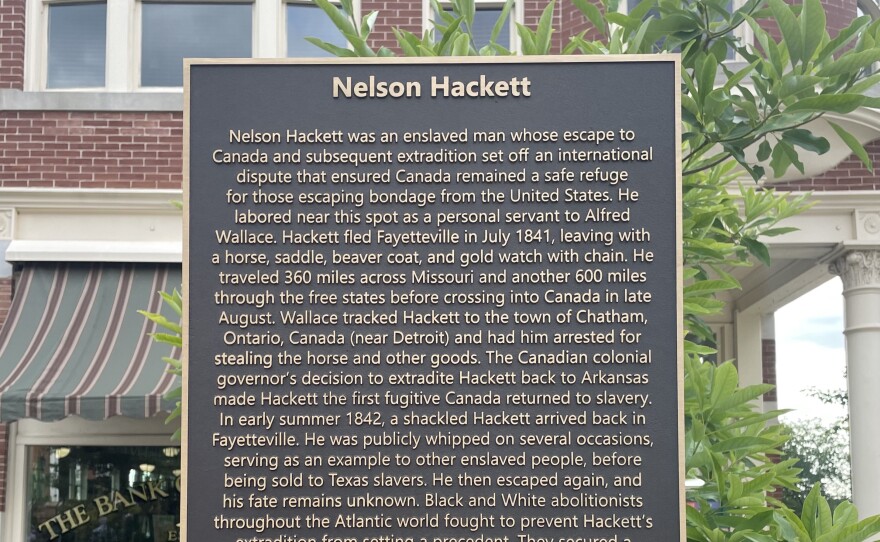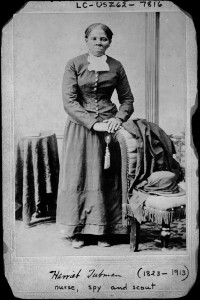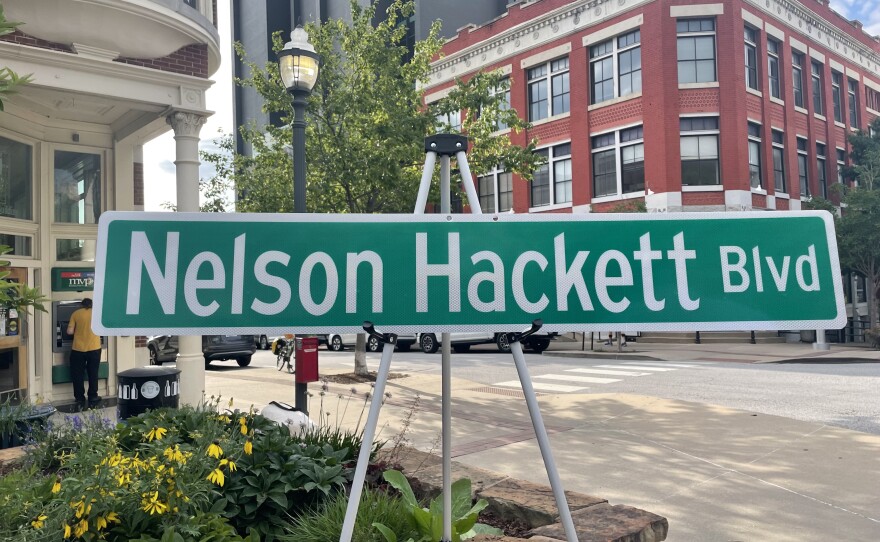By Dr. Curtis Varnell
Fayetteville recently dedicated a memorial and renamed a street with the name of Nelson Hackett. As an historian not familiar with the name, I began to unravel the story behind the event and what a story there was to tell!

In 1841, Arkansas was a pioneer state only five years removed from introduction into statehood. Fayetteville was a frontier town of 425 people, 120 of whom were enslaved people. The town consisted of a few mercantile stores, government buildings, law offices and other businesses who served the needs of the small yeoman farms in the surrounding hills. Most of those enslaved worked on small farms, the construction trades, or as domestic servants. Nelson Hackett was one of the latter; described as a handsomely formed, well-dressed 24-year-oldman of prepossessing address. Purchased first in 1840 by Willis Wallace for the price of an another slave and a grey mule, he was later sold to Wallis brother Alfred for $1,000. Little is known about his early life but it was well known that the Wallace brothers were trouble. Willis was said to have murdered a groom at an altar in Georgia and then was accused of killing at least two men while in Fayetteville. The entire Wallace family were described by one of their political opponents as avaricious, cruel, and of passionate impulses.

Hackett obviously had the trust of the Wallace family. It was said that on several occasions, he was left unsupervised for periods of time ranging from a few days to weeks. The story of his escape varies from one version given by the Wallace family and one given by the abolitionist. The abolitionist version states that Hackett had attended a horse race with Wallace and was directed to take the horse and other missing items back to Fayetteville alone. Given the horse and a chance to escape, Hackett decided to escape north out of slavery. The Wallace family claimed Nelson had stolen a coat, a quantity of money, and a horse from a neighbor and absconded to Canada. What is certain is the desire Nelson Hackett had for freedom. Hackett crossed Missouri, into Illinois, and covered more than 650 miles before reaching what he viewed as freedom in Chatham, Canada; a community 50 miles east of Detroit.
Wallace, knowing he could not force Canada to release Hackett as an escaped slave, followed Hackett to Canada and filed charges of robbery. Canada, not wishing to return a slave, felt compelled to return him when Archibald Yell, the governor of Arkansas and a colleague of the Wallace family, asked for extradition on charges of theft. Charles Bagot, Governor General of Canada reluctantly conceded–“ would have involved us in disputes of the most inconvenient nature with the neighboringstates… I therefore ordered Nelson Hackett to be delivered up to the authorities of Arkansas, to be dealt with according to law. Hackett was the first and last enslaved person that Canada would return. The country latter became a haven for those that were enslaved.
Hackett was subsequently returned to the Wallace family where he was repeatedly punished and whipped. Eventually sold to slave-owners in Texas, it is feared that he may have been worked to death by vindictive owners who saw the marks left from his beating as a sign of a troublemaker. Hopefully, as some legends state, he successfully escaped to freedom in Mexico.
Hackett’s story is a testament of man’s spirit to obtain freedom at all cost. The story of Hackett’s quest for liberty was some of the biggest news events of 1842 and was no doubt an inspiration to Dred Scott, Harriet Tubman, Frederick Douglas and other black abolitionists.

It is ironic that the street that was once named for the governor that signed the papers for Hackett’s return has now been renamed for the former slave; a man that was determined to seek liberty and equality at all cost.






